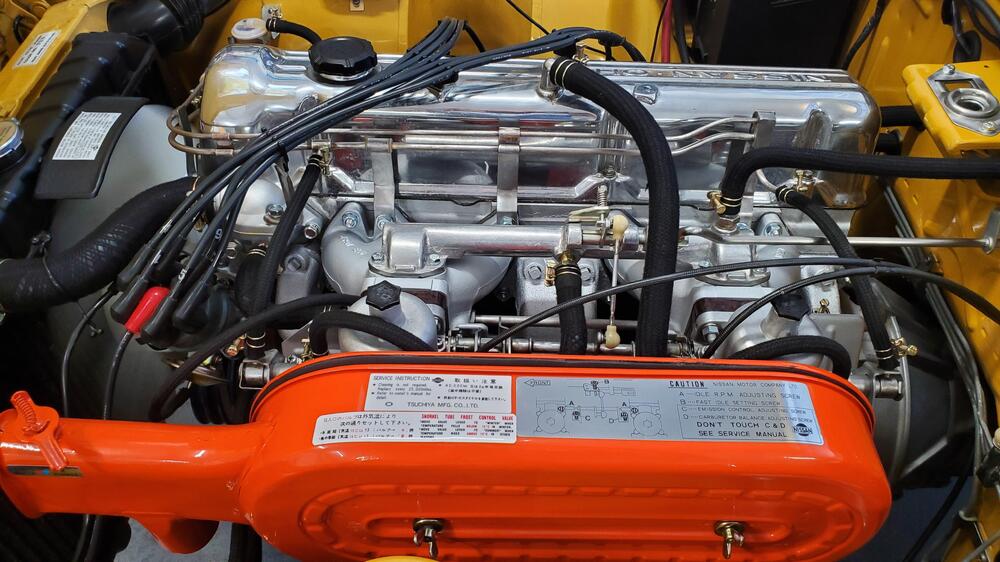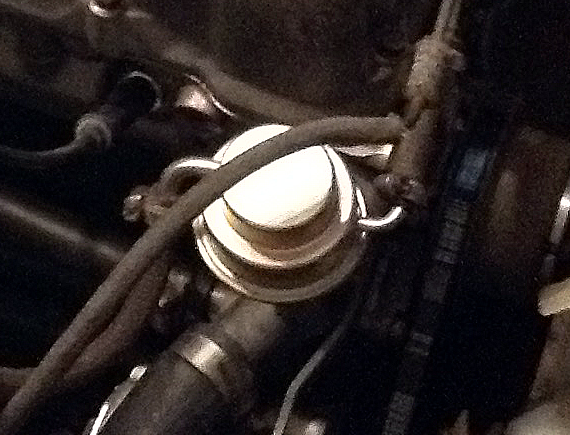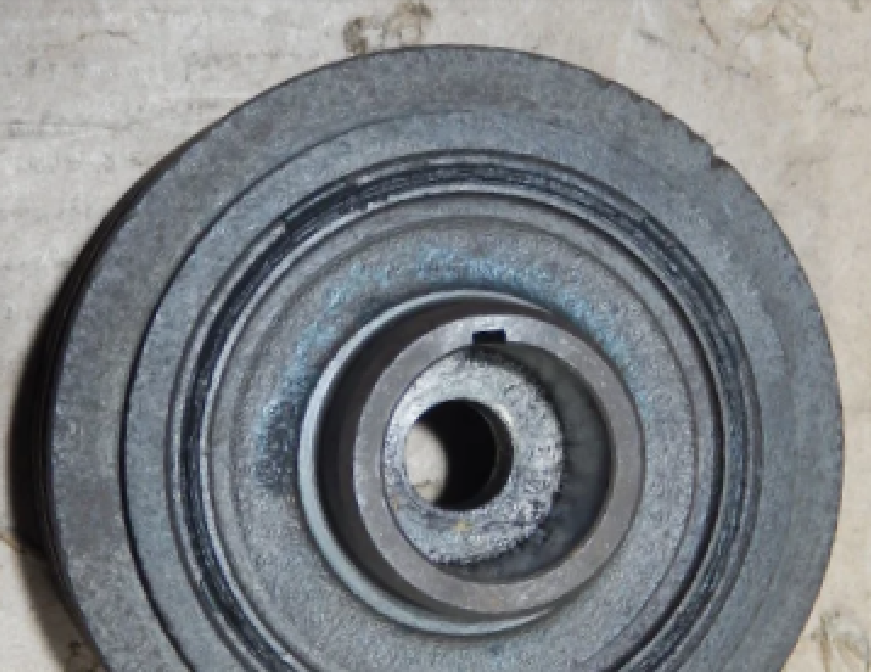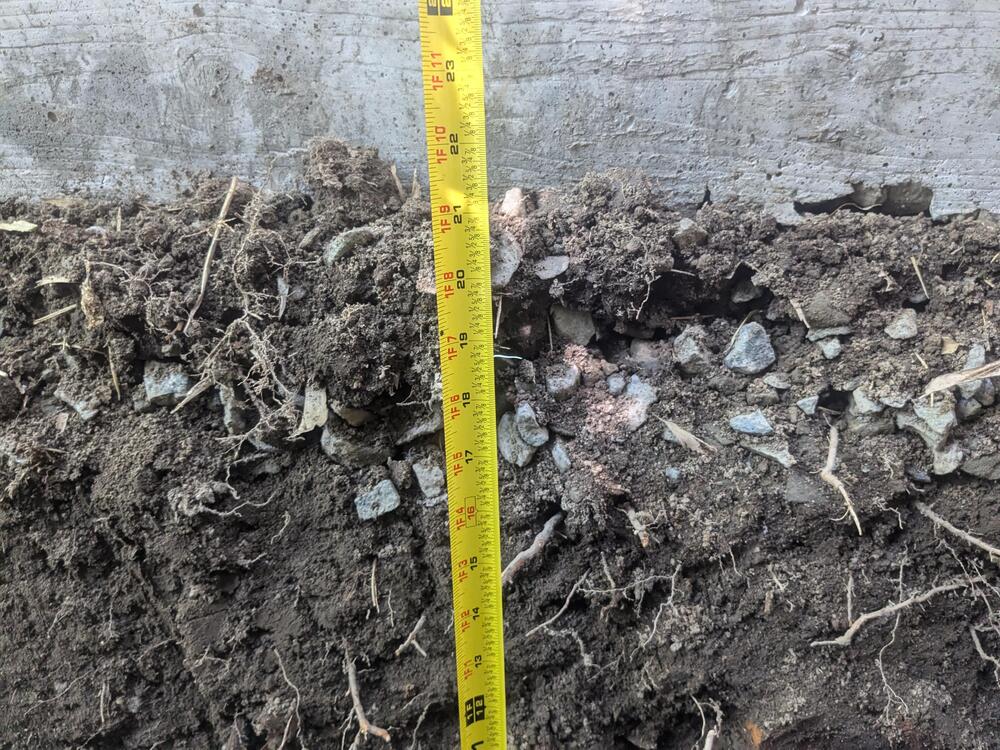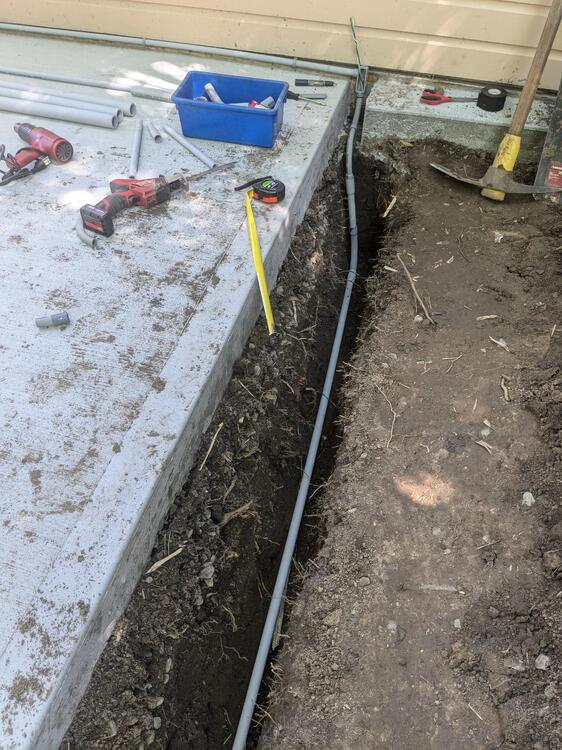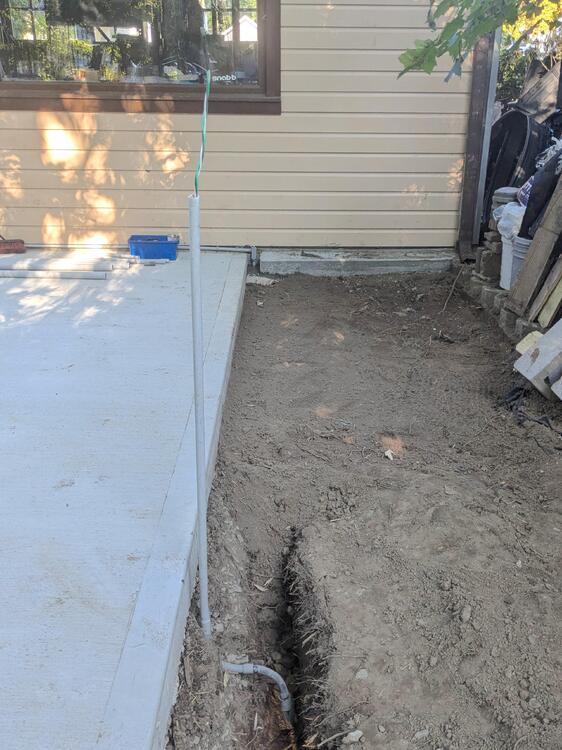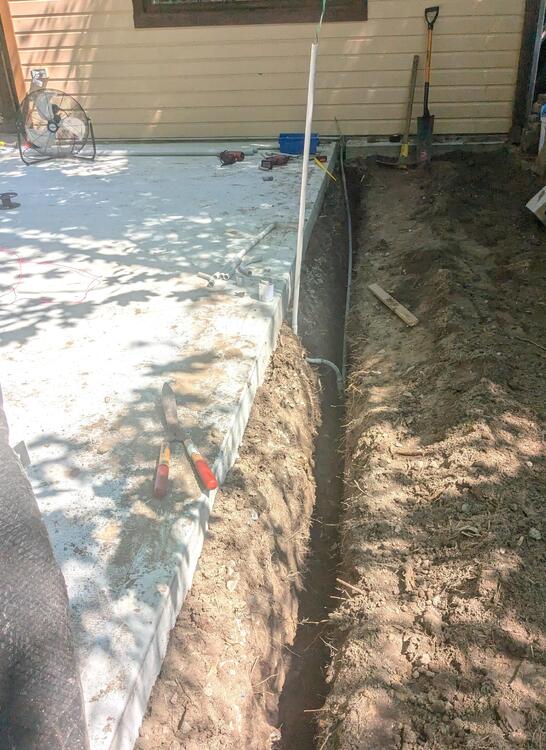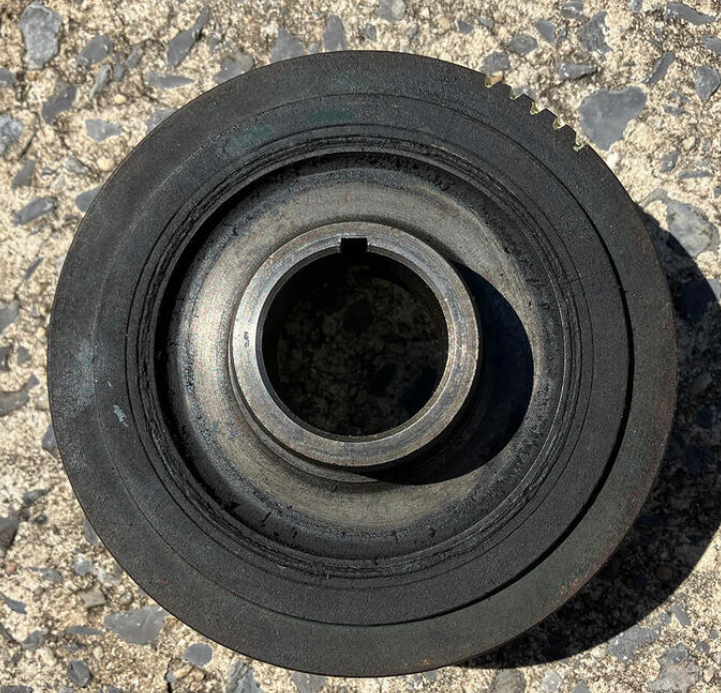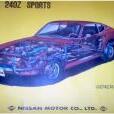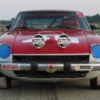Yes. Get the engine to true TDC and mark it both pully and distributor. Please don't leave the oil pump attached. You'll have to realign the distributor spindle with the crank gear regardless. This is a lot of work to repair a small leak that's not under pressure so I recommend that you get another head gasket. You'll only use the front bit as a new gasket for the front cover - and discard the rear - so you don't need to go crazy with the type, cost, availability.
Remove the front cover and clean all the mating surfaces scrupulously.
Cut the head gasket at the block / head junction with a very sharp instrument - careful with the underside of the aluminum head. You want it cut very cleanly & tight against the block. Use that piece as a pattern when cutting the front off the new head gasket but make it just a hair longer on both sides to be sure. And make sure the cut is SQUARE.
Clean the face of the block and underside of the head scrupulously. Use Acetone or lacquer thinner on lint free cloth or towel to remove oil and residue on ALL the mating surfaces. Especially underside of head and block where they meet. Check your new mini head gasket for fit and adjust if necessary.
Prepare your gaskets (new head mini gasket, right and left front cover gaskets) by THINLY coating them with fuel and oil resistant gasket maker. I recommend the "pinch method" - latex gloves, put a dab of gasket maker on index finger, pinch with thumb and rub a bit, pinch the gasket between your fingers to cover both sides with a thin coating as even as you can get. Then add bit more to that corner between the head and block - make sure the new head gasket seam is sealed when you place your new gasket piece in place. (That's most likely where your current leak is coming from.) The top corners of the cover need your attention.
When you put the front cover in place don't tighten all the front bolts first while you're doing it. You want a good seal between the head and front cover and the only clamp is from those two small bolts on top. Snug the front cover in place by alternating pressure on the block face and head underside to pull the cover into that corner made by the block and head. Snug each direction a bit while the cover can still move slightly so you're sure you get a good clamp to the head. Then you can put everything else together.
I've noticed that most L engine oil pans have been mis-torqued and the metal is deformed around many or all bolt holes. I pound them back down level with the mating surface and use the same pinch method to apply gasket maker. (Ya, I've tried doing them dry but,,,)
(I've done this by trying to leave the head gasket front in place and also have been on the receiving end of someone else leaving the head gasket front in place and trying to re-seal it after pulling the front cover... After all that work, I prefer a method that's more likely to maintain a good seal. That's why I now replace with a clean, dry section of gasket. I use the pinch method for gasket maker on gaskets because I've seen way too much silicone squeezed off gaskets and into places it should never be. Lastly, these engines weren't built for modern oils (synthetics) which don't have the necessary polymers to plug up the minute gaps. So they need all the help they can get...)







